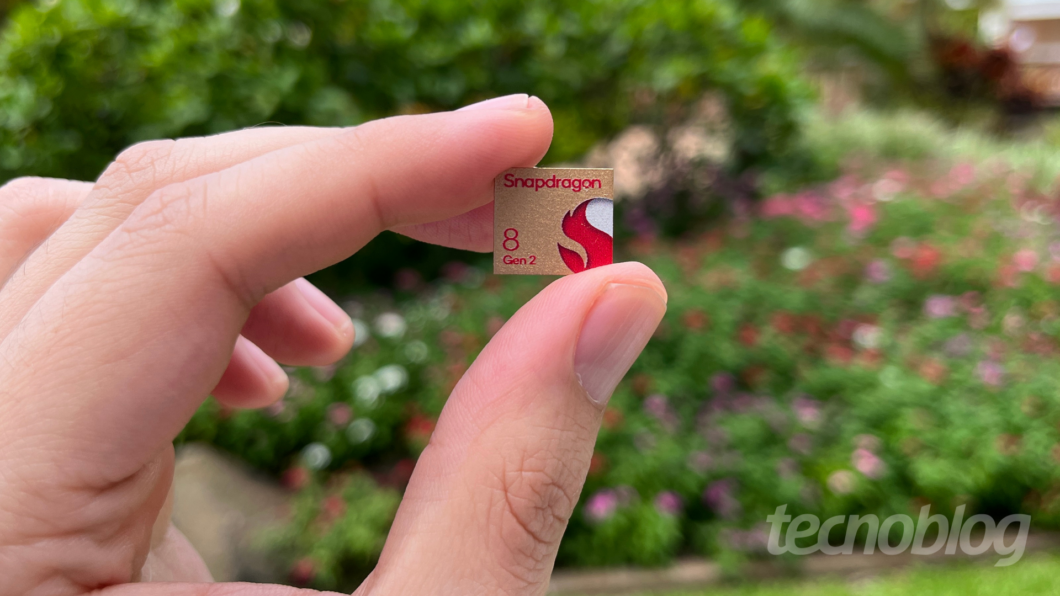The Eldorado Institute, based in Campinas (SP), and at the Barcelona Supercomputing Center (BSC), Spain, will be involved in a project to develop an acceleration unit for matrix multiplication integrated into a RISC-V processor .
The development of the components aims to stimulate the limits of high-performance computing (HPC) and artificial intelligence. Matrix multiplication is essential in these fields.


The document signed between Eldorado and the BSC contains the apoio of the Unicamp fishermen and is sent to the Ministry of Science, Technology and Innovation (MCTI). An initiative part of the priority program of national interest PPI-Softex.
Em feverereiro, where Brasil turns first member of the RISC-V International alliance, such as Google, IBM and Qualcomm members The funds are also linked to the participation of Intel, AMD, Samsung, Nvidia, Meta, Microsoft and many other companies. Sediada na Suíça, a for-profit organization is responsible for the neutrality of architectural development.
RISC-V can be said to be less arm dependent
A RISC-V is a RISC-type processor architecture, which uses a set of simple instructions for pricing that results in greater energy efficiency. The most prominent RISC architecture is currently at Arm, owned by Arm Ltd. It is used with several smartphone chips, but it is also present in clothing, embedded systems and large services.


RISC-V (pronounced “risk five”) is not a proprietary architecture, but is open code, launched in 2010, at the University of California, Berkley (United States). Like Arm, it is versatile and can be used by microcontrollers or supercomputers. No, because it is open code, does not depend on the license.
Therefore, a RISC-V attracts so much interest from businesses. Em 2022, a Intel announced the creation of a US$1 billion fund to incentivize or develop technologies for semiconductors, including RISC-V. Another company that is an old architecture company is Google. Em 2023, a company promise to increase compatibility with Android with CPUs based on RISC-V. In other cases, the intention depends less on the arm and avoids the licensee.
Information on: TeleSynthesis, Eldorado Institute


